#gall wasp
Text
@fluffydogsquad submitted: Flipped over a big stick in my yard and found a bunch of friends. Any idea who the winged friend could be? Also the pal with the long black-and-orange segmented body. Found in New Jersey.
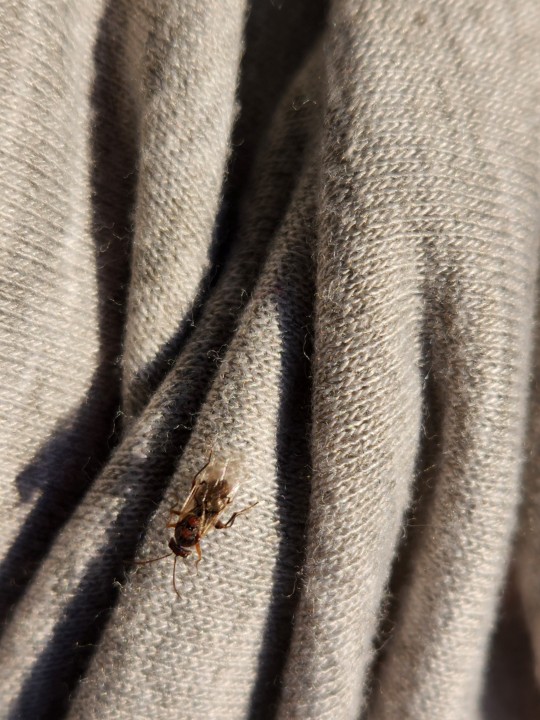

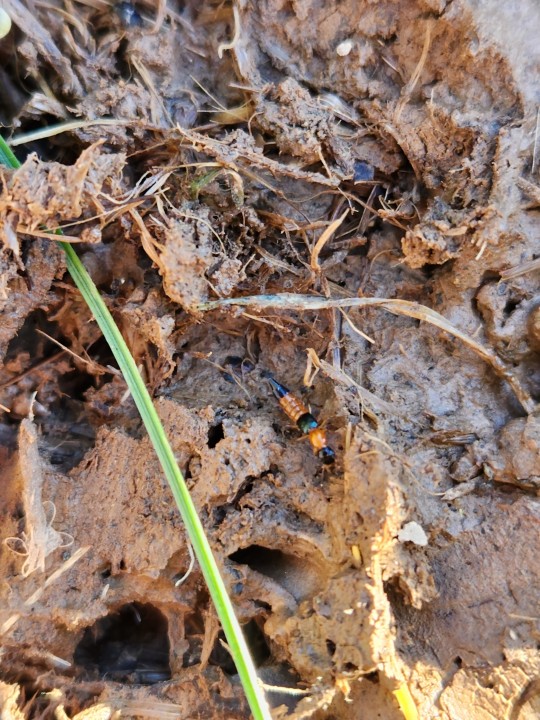

Looks like a gall wasp, I think. Couldn't say which species. The second dude is a rove beetle, maybe Paederus littorarius or similar. The last one is a click beetle, probably a sweet click beetle, Aeolus mellillus. Great group of pals! Always fun to see what's under a rock or stick.
#animals#insects#bugs#submission#wasp#gall wasp#beetle#rove beetle#click beetle#sweet click beetle#Paederus littorarius
63 notes
·
View notes
Text

Scientific Name: Amphibolips confluenta
Common Name(s): Spongy oak apple gall wasp
Family: Cynipidae (gall wasp)
Life Stage(s): Larva
Location: Plano, Texas
Season(s): Winter
This is what one of these looks like on the inside.
#Amphibolips confluenta#spongy oak apple gall wasp#Cynipidae#Plano#Texas#winter#brown#oak apple#gall wasp#Hymenoptera#gall#insect#bugblr
6 notes
·
View notes
Text


Wasp Apartments
14 notes
·
View notes
Text

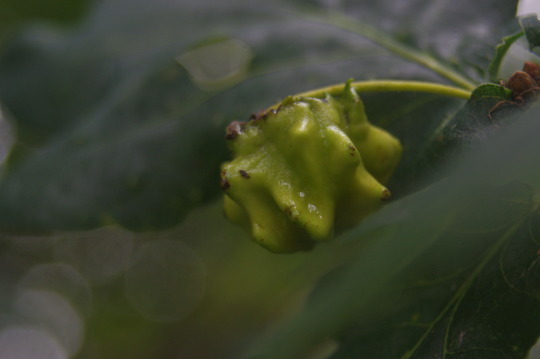
August 2021
#cottagecore#dark cottagecore#forestcore#rangercore#naturecore#trees#insect#wasp#galls#gall wasp#oak
8 notes
·
View notes
Text

Vetru finds a little bug in distress.
#twwm#vetru#quirk#gall wasp#tfw you gall black oaks but the only oaks around for miles are white oaks!! :( :( :(#drawing stuff
38 notes
·
View notes
Text
Good Summer for Oak Galls!

(Oak Marble Gall Wasp Photographed Summer 2023)
Oak Marble Galls are about the size of a marble and look a bit like an acorn without a cap (and growing on a branch)
Oak Galls are sometimes also called “Gall Apples” because it can resemble an apple-like structure on the branch

(Spongy Oak Apple Gall Wasp Photographed in Summer 2023)
This Spongy Oak Gall is about an inch or two wide (about the size of a small tomato)
Galls can grow on the underside of leaves or the branches of oak trees and depending on the species can range in appearances
Used traditionally to make permanent black ink!
#iron gall ink#oak galls#gall ink#black ink#diy ink#gall wasp#insects#Oak Marble Gall Wasp#Spongy Oak Apple Gall Wasp#entomology
3 notes
·
View notes
Text
There is not enough information about galls
There is not enough information about how galls form that isn't in some kind of research paper that's really hard to read. Can someone write about galls for the rest of us please? "the wasp stimulates the tree" is NOT enough information. HOW.
Some of these galls have a hard shell around the larvae, and little spikes to suspend it inside of another hard shell that is just large enough that the ovipositor of parasitoid wasps can't reach them. HOW is the tree instructed to make such a thing?
Why do Oak trees have the most elaborate galls? How did this circus evolve exactly? What does the tree get out of this relationship? Why can't trees just shut down gall production? It seems annoying. "The gall is filled with bitter tasting tannins that discourage predators"
How did a wasp laying an egg cause all of that? Eggs are amazing enough, but these eggs also tell a plant to build a house around them, complete with security systems. Some galls have "false entrances and mazes" You can't just drop a fact like that and then walk away!
Why can't I make galls? Has anyone tried to artificially induce galls? Can I get plants to make things for me? What if instead of making furniture just "induce" a plant to grow into furniture? I don't know how everyone is so calm while this is going on right under out noses.
#oak trees#oak apples#oak apple#gall#gall wasp#nature#questions#nature questions#insect questions#trees#plants#botany
17 notes
·
View notes
Text
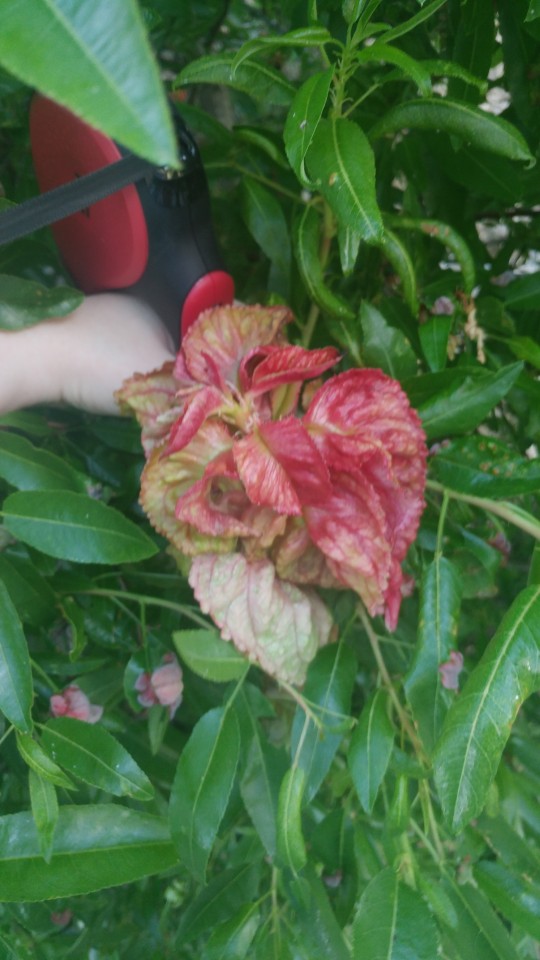


Spotted what looked like an orchid but seems to be surrounded by some sort of lumpy growths. I was oddly moved by this beautiful plant disease or parasite particularly because it's smaller growths look so flesh-like.
It made me think of (let me find the translation) the water lily on the lungs from Froth on the daydream and coughing flowers disease: hanahaki. I found myself wondering why our tumours are so ugly and random. Gallstones can be crystals, warts can look flowery.
These might be leaf galls but I can't tell if the red leafy bit is an extra parasite or part of the same disease.
2 notes
·
View notes
Video
youtube
🐝 Marble Gall Wasps Uncovered! (JOPE04)
Hello everyone!
I just improved my thumbnail for my marble gall wasps video. What do you think? Let me know and thank so much in advance!
1 note
·
View note
Photo

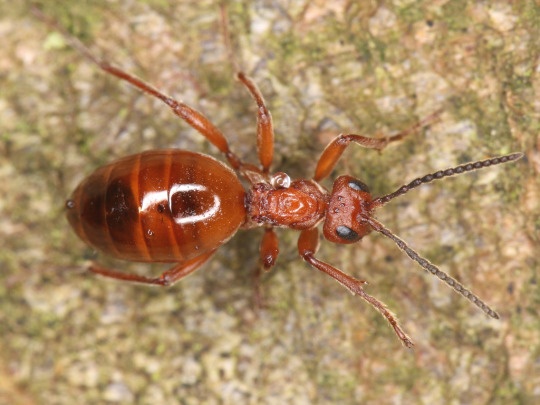
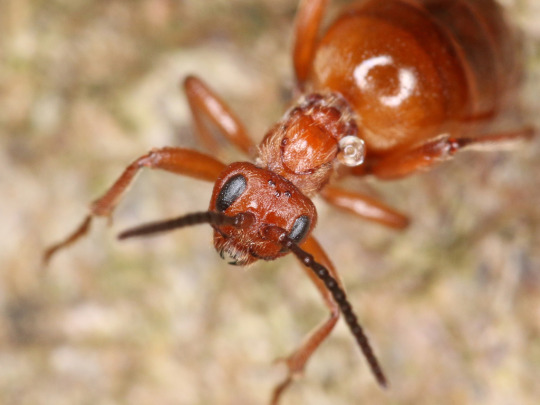
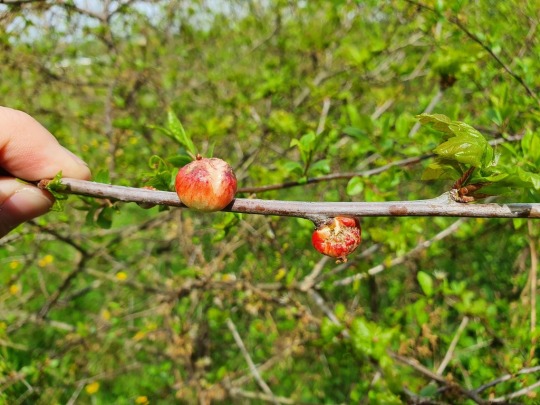

Oak apple gall wasp, Biorhiza pallida, Cynipidae, Hymenoptera
Pictured is a female oak apple gall wasp and the apple-like galls that form around her larvae in oak trees. This species is found throughout Europe. In addition to feeding and sheltering the oak apple gall wasp larvae, the galls house several other species of gall wasp and at least 20 species of hyperparasitoids that feed on the larvae.
Photos 1-3 by zmrdk, 4 by bclunie, and 5 by cedzz
#animals#curators on tumblr#insects#bugs#wasp#gall wasp#gall#oak apple gall wasp#one nice bug#dang it's crowded in those galls#also she is thick and beautiful wow
328 notes
·
View notes
Photo

Scientific Name: Amphibolips confluenta
Common Name(s): Spongy oak apple gall wasp
Family: Cynipidae (gall wasp)
Life Stage(s): Larva
Location: Allen, Texas
Season(s): Spring
There is no wasp larva visible in the photo, but the golf ball-sized lump is the gall it formed. In botany, galls are abnormal growths on plant tissue, and they can be caused by insects, mites, nematodes, fungi, bacteria, and viruses. Insects and mites (usually) have preferred host plants, and the galls they form are distinctive enough that we can determine with reasonable confidence what the causative organism is by examining only the gall and the plant it’s found on, without needing to see the culprit itself.
The purpose of a gall is to provide food and shelter for the occupant(s) inside. During periods of plant growth, such as spring, an insect or mite will take advantage of the rapid cell division in its host and hijack these cells into making a gall instead of developing into regular plant tissue. For oak gall wasps, the process begins when an adult female inserts her ovipositor into a leaf bud to lay an egg. The interaction between the chemicals released by the insect and the host induces cell growth on the plant to form a gall as well as redirect plant nutrients into the gall for the larva to consume. As the gall matures, its color turns from green to tan.
There are hundreds of species of oak gall wasps. “Oak apple” is a common name for these galls, supposedly for their resemblance to apples, but they remind me more of limes than apples. At least it does feel spongy with Amphibolips galls, as the gall is mostly hollow inside, with filaments suspending the larval capsule at its center.
While in strict terms gall formation is a parasitic process, where the wasp gains all the benefits and the oak receives nothing in return, galls affecting leaves seldom cause serious harm to the tree. And because galls are affixed to the plant, they’re easy targets for predators looking to eat the larvae inside. Galls may be unsightly, but they’re generally not considered problematic to the host plant.
#Amphibolips confluenta#spongy oak apple gall wasp#Cynipidae#Allen#Texas#spring#green#oak apple#gall wasp#Hymenoptera#gall#insect#bugblr
5 notes
·
View notes
Text


Interesting book! 🐛
Metcalf, C. L., Flint, W. P., & Metcalf, R. L. (1962). Destructive and useful insects: Their habits and control: 4. Ed. McGraw-Hill.
1 note
·
View note
Video
n304_w1150 by Biodiversity Heritage Library
Via Flickr:
British plant-galls London,Methuen & co. ltd.[1912] biodiversitylibrary.org/page/57102659
#Electronic books#Galls (Botany)#Great Britain#University of Toronto - Thomas Fisher Rare Book Library#bhl:page=57102659#dc:identifier=https://biodiversitylibrary.org/page/57102659#art#flickr#mary k spittal#gall wasp#long-rooted cat's-ear#ground icy#gill-ver-the-ground#creeping charlie#alehoof#tnuhoof#catsfoot#field balm#run-away-robin#catsear#flatweed#cat's-ear#hairy cat's ear#flase dandelion#scientific drawing#scientific illustration#botanical illustration#floral illustration#Hypochaeris radicata#Glechoma hederacea
0 notes
Text
Okay, so this is really cool! You have this phenomenon where some plants grow edible appendages to their seeds to entice ants to carry them underground where they can safely sprout. And then you have wasps which lay their eggs on the leaves, stems, and other parts of plants and trigger the growth of galls (swellings) which both feed and protect the wasp larvae until they reach maturity.
The boy who was watching the ants noticed they were taking wasp galls underground, too. Further exploration found that the wasp larvae were unharmed inside the galls; the only thing the ants had eaten were edible appendages similar to those on the seeds they collected. The wasp larvae stayed safe inside the ant nest, feeding on their galls, until it was time to emerge and head back out to the surface.
So it turns out that the edible portions of the galls have the same sorts of fatty acids as the edible parts of the seeds. And those fatty acids are also found in dead insects. Scientists think that the wasps evolved a way to make the galls they created mimic the edible portions of the seeds to get the ants to collect the galls. This isn't the only example of wasps making use of ants as caretakers for their young, but it's a really fascinating example thereof--especially if you consider ants evolved from wasps at least 100 million years ago.
#wasps#ants#plants#galls#oak galls#insects#invertebrates#Hymenoptera#ecology#bugs#animals#wildlife#nature#trees#entomology#science#natural science#evolution#animal behavior
12K notes
·
View notes
Text

Moss gall.
#Bruce Trail#Sydenham section#Niagara Escarpment#Bruce County#Ontario#Canada#hiking#hiking trail#forest#trees#wilderness#outdoors#moss gall#gall wasp#rose bedeguar gall#mossy rose gall#plant gall#plant#vegetation#flora#photography#digital photography#DSLR#Canon 6D#photographers on Tumblr
1 note
·
View note
